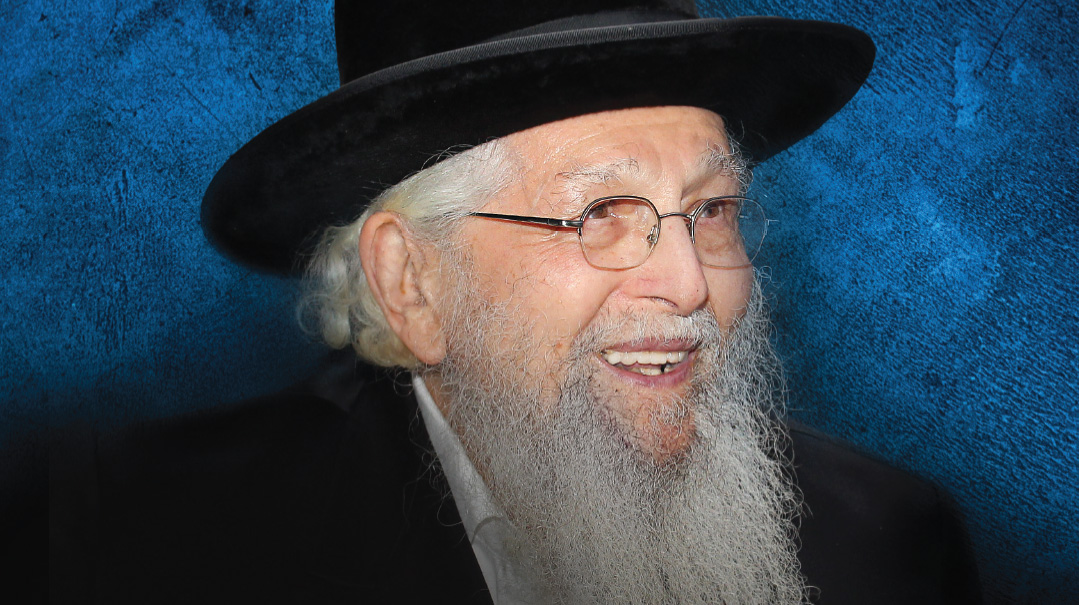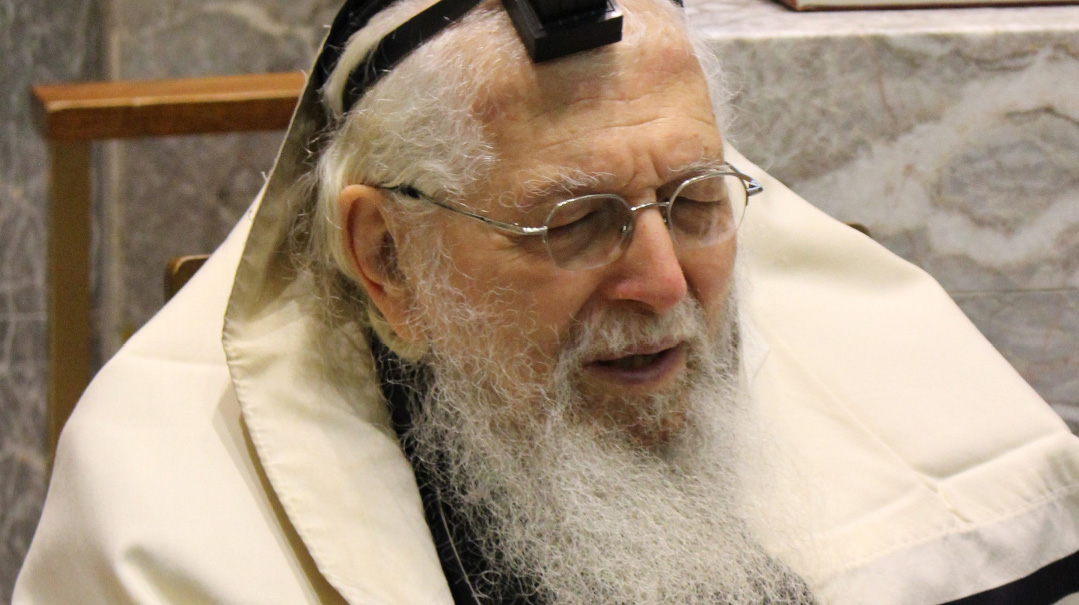A Crown Passed Along

Mourning Rav Aharon Schechter

Photos: Mattis Goldberg, AEGedolim, Family archives
Rav Yitzchok Hutner believed that even in America, it was possible to nurture a ben Torah who would live a life suffused with the spirit and majesty of Torah. And when he relocated to Eretz Yisrael, he knew the yeshivah community he left behind was in good hands. Because Rav Aharon Schechter’s mission went way beyond shiur. Last week the Rabbeinu Chaim Berlin Rosh Yeshivah returned to the world of the angels, yet like true royalty, he not only lived an exalted life, but lifted up all those around him, making them bigger too
The mandate of a museum is simply to preserve what was.
But the Torah is Toras chayim, vibrant and alive, so it is not sufficient — or even possible — to merely safeguard it. Its beauty must be transmitted, conveyed and communicated to new generations, in ever-evolving languages.
But how can one safeguard the treasure chest while also sharing its riches?
If the guardian and the teacher are one and the same, someone who understands that there is but one treasure, then there is no paradox between protecting and also sharing.
It can work if the great talmid is also a great rebbi.
It can work if, like Aharon HaKohein, he does not change or veer — lo shinah. And like Moshe, his essence is that of “rabbeinu,” our teacher, a shepherd focused on the weakest of his flock.
It can work if one is like Rav Aharon Moshe Schechter.

Along with the formal shiur, Rav Aharon’s talmidim received so much more – he pulled them along together with him on his journey to greatness and character refinement
Rav Yitzchok Hutner came to a land of ambition and greed, people intoxicated by the freedom to serve or ignore, pulled to the gold rush they could see on the horizon.
To the children of those streets, Rav Hutner extended a hand and offered to lift them: a few of them followed him and were captivated by the beauty he helped them perceive, drawn by the symphony he allowed them to hear.
He created balabatim like he had seen in the Warsaw of his youth, working people who sat in offices between nine and five, but saw it not as a contradiction to the hours spent in shul learning or davening, those who perceived that this was not a double life, but a broad life.
Rav Hutner produced synagogue rabbis, sending forth talmidim armed not just with the knowledge and eloquence to teach, but also the confidence and courage to lead.
He fashioned mechanchim, great educators who had watched a master and wanted to share that light: Some would teach young and some would teach old, some teaching those close to home, and others bringing the truths of the beis medrash to those who had not yet tasted it. But all of them believed in the role, inspired to emulate their Creator.
Then, after two decades of teaching Torah to bochurim, the Rosh Yeshivah felt ready to introduce a new product to America: the derhoibbene ben Torah who would live the life of Yissachar, suffused with the spirit of Torah and the majesty of Torah.
With the vision of a military commander and the sensitivity of a loving parent, Rav Hutner planted his talmidim where he thought each could flourish.
Rav Aharon, he kept in yeshivah.
Oops! We could not locate your form.

